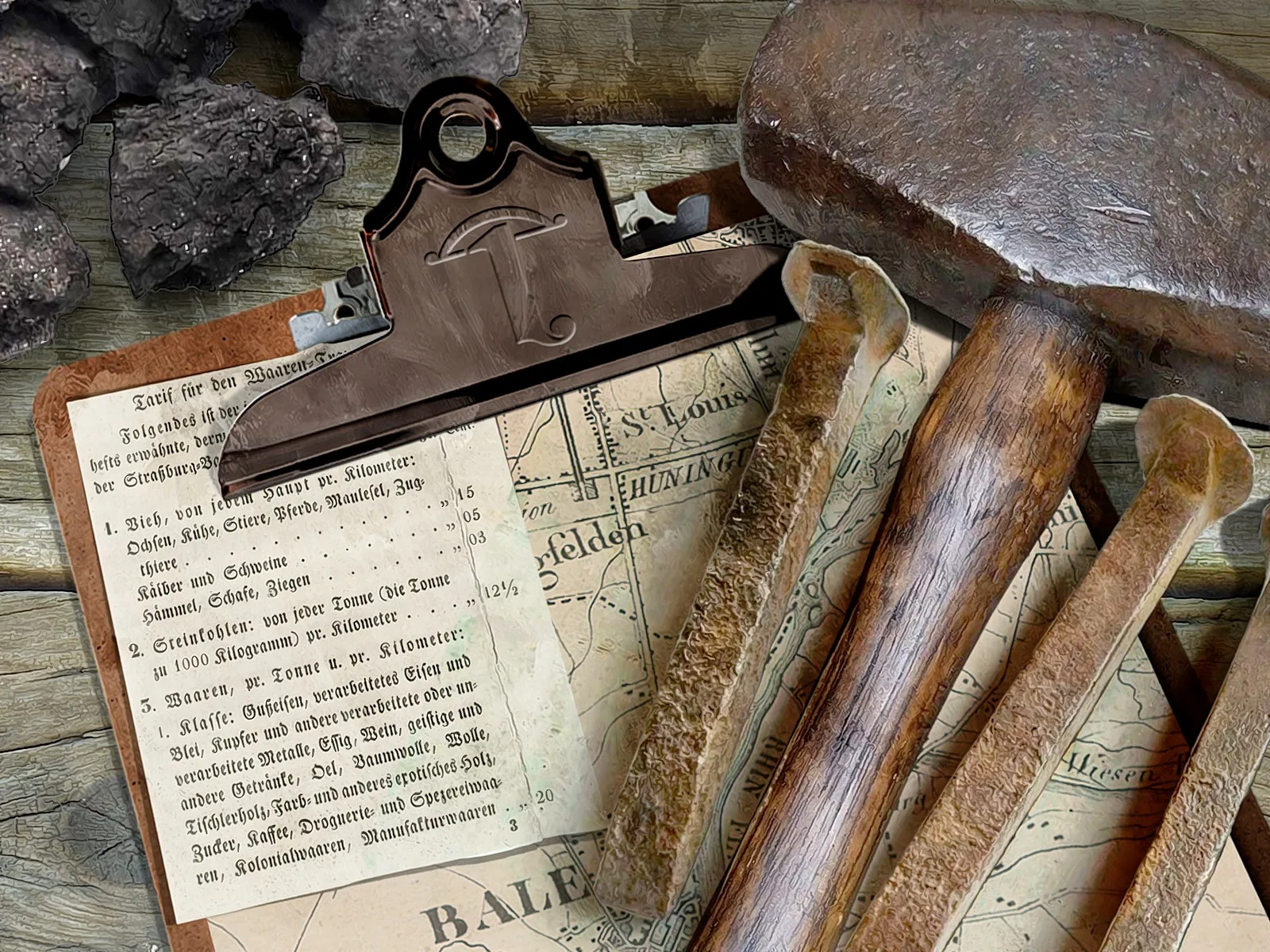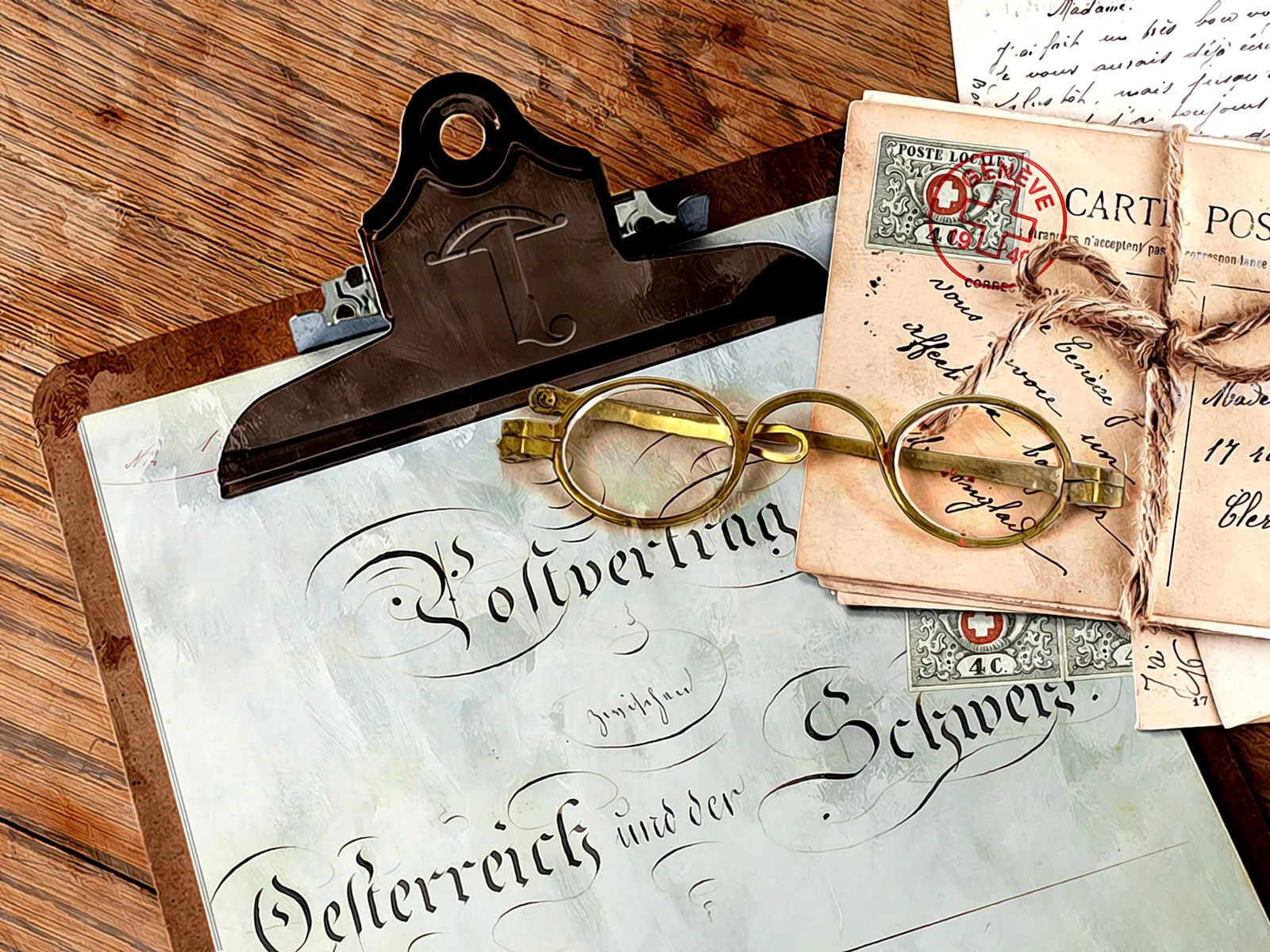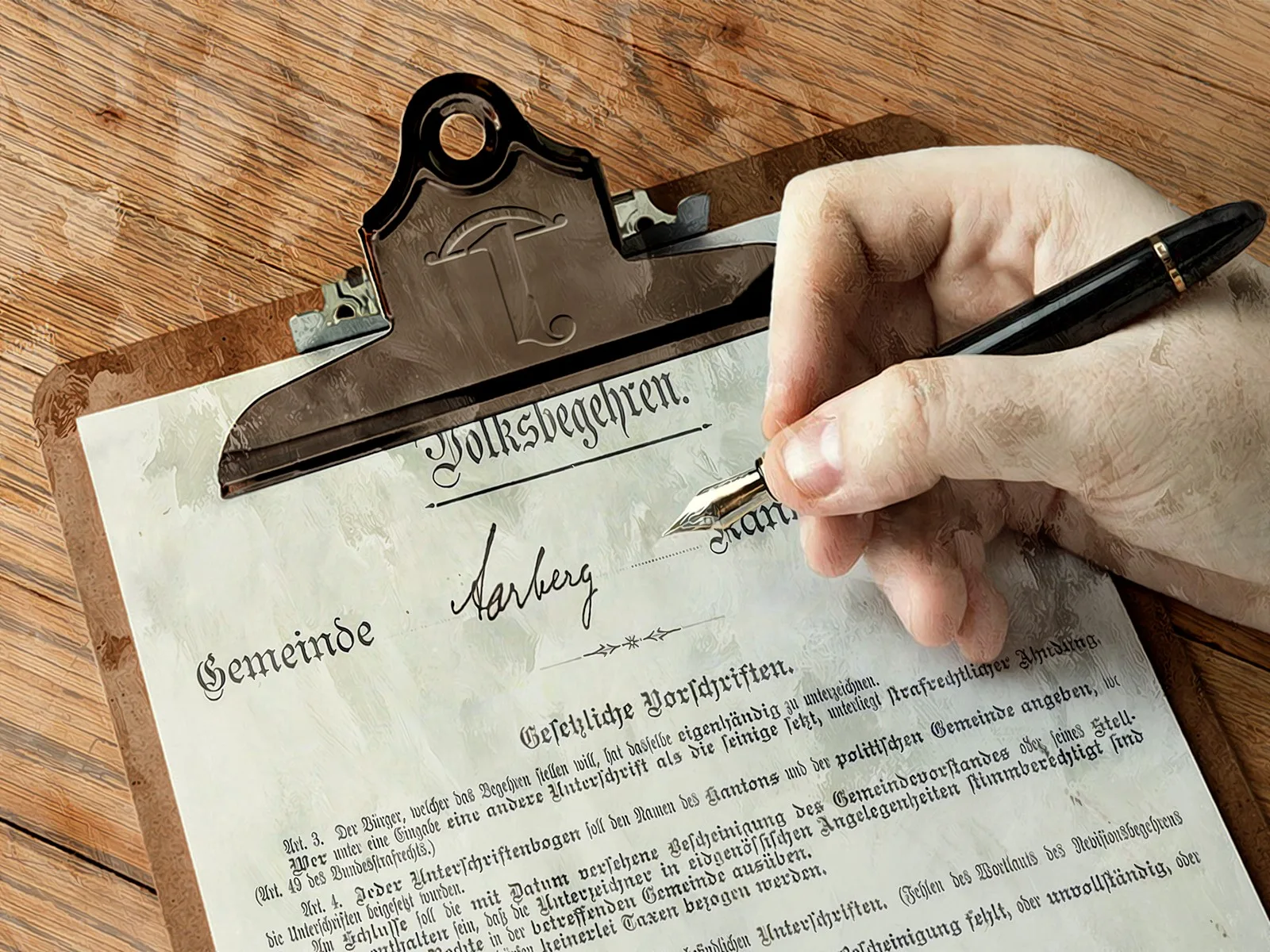The first federal military training school
Twice a year, around 8,000 to 10,000 young men and women begin their course of instruction at Rekrutenschule (RS), the Swiss Army’s military training school. The “RS” run by the Swiss Armed Forces is nearly as old as the federal state itself. The first Rekrutenschule was conducted in Winterthur on 4 September 1849.
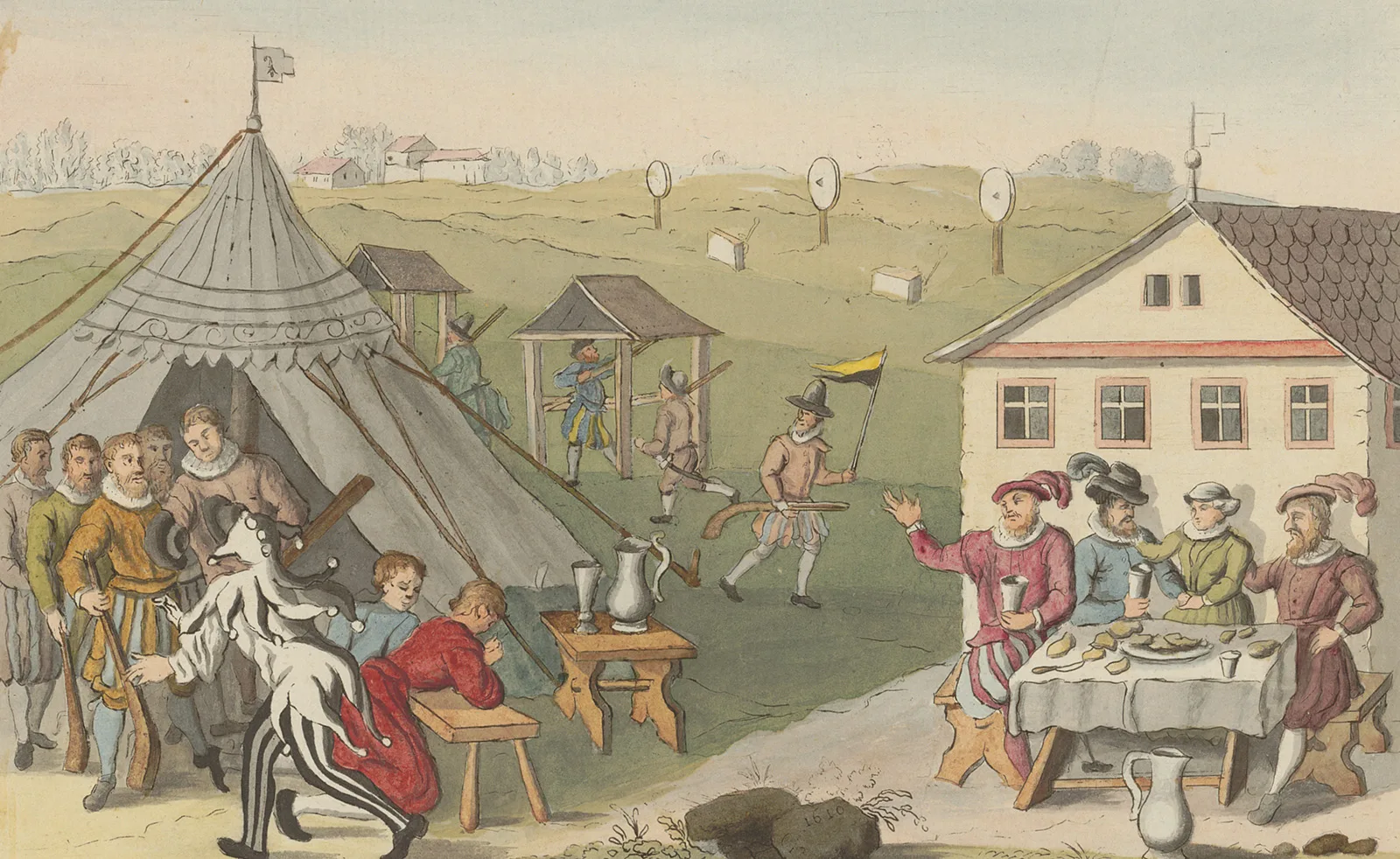
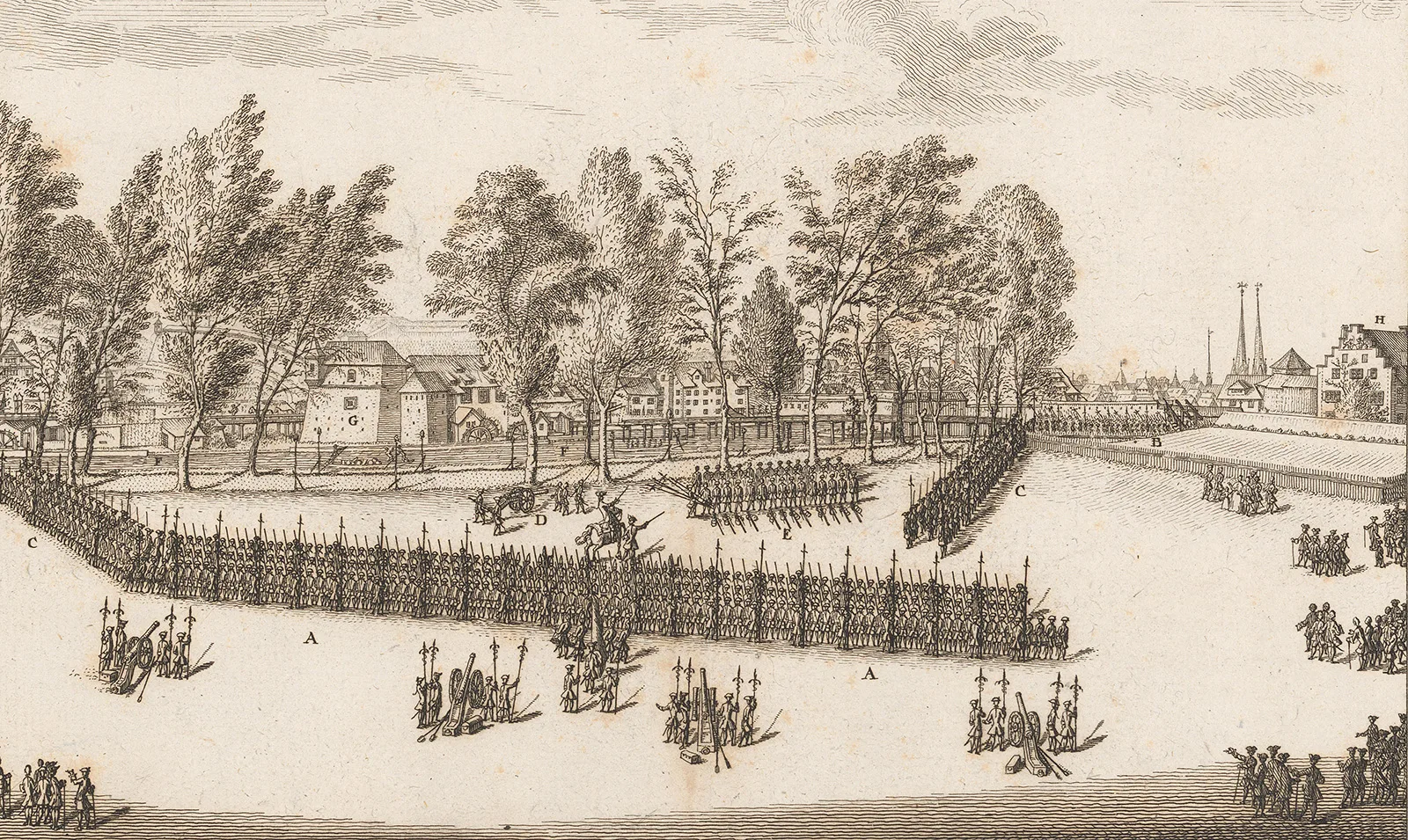
Different from canton to canton
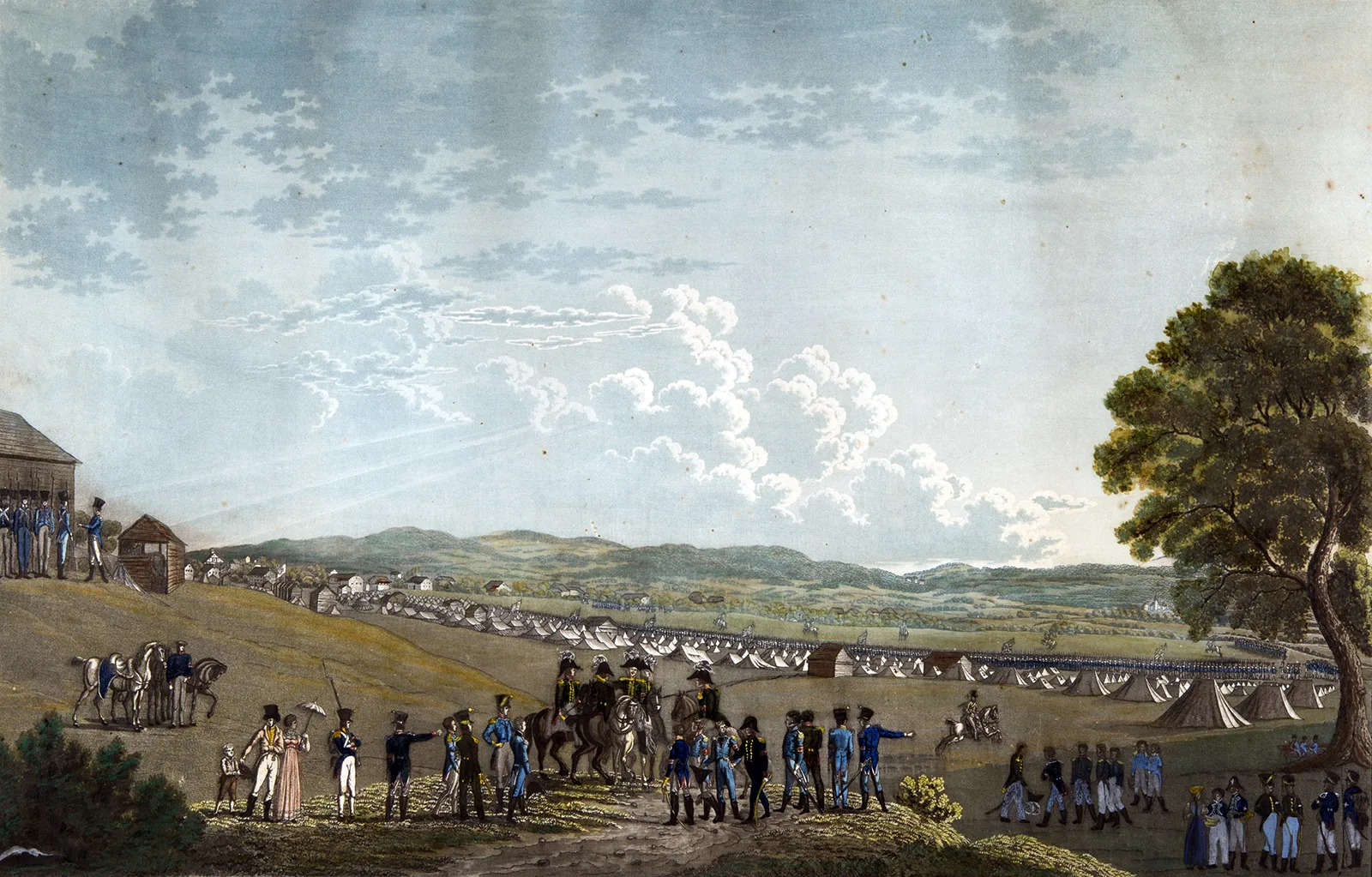
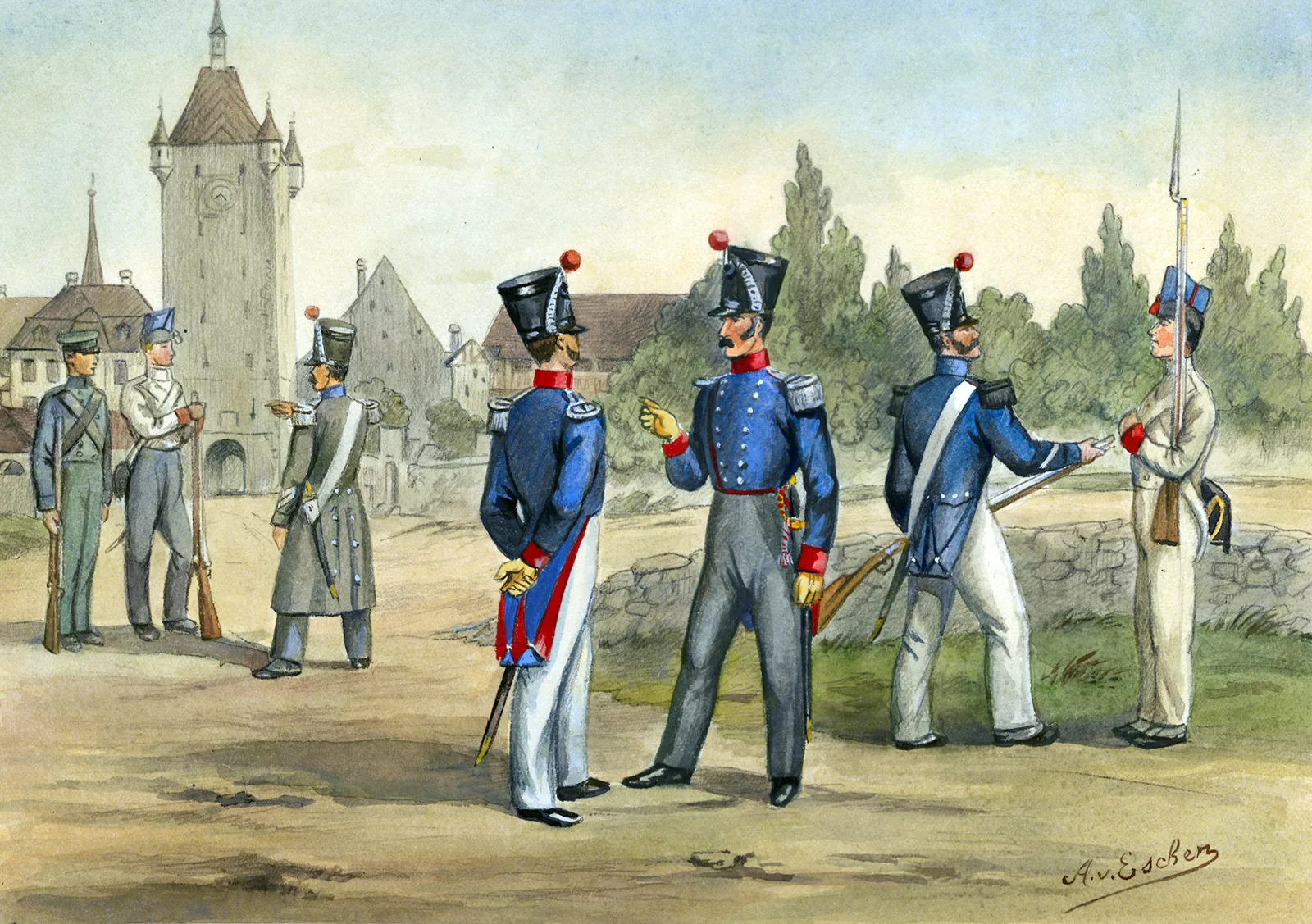
The first Swiss federal “RS”
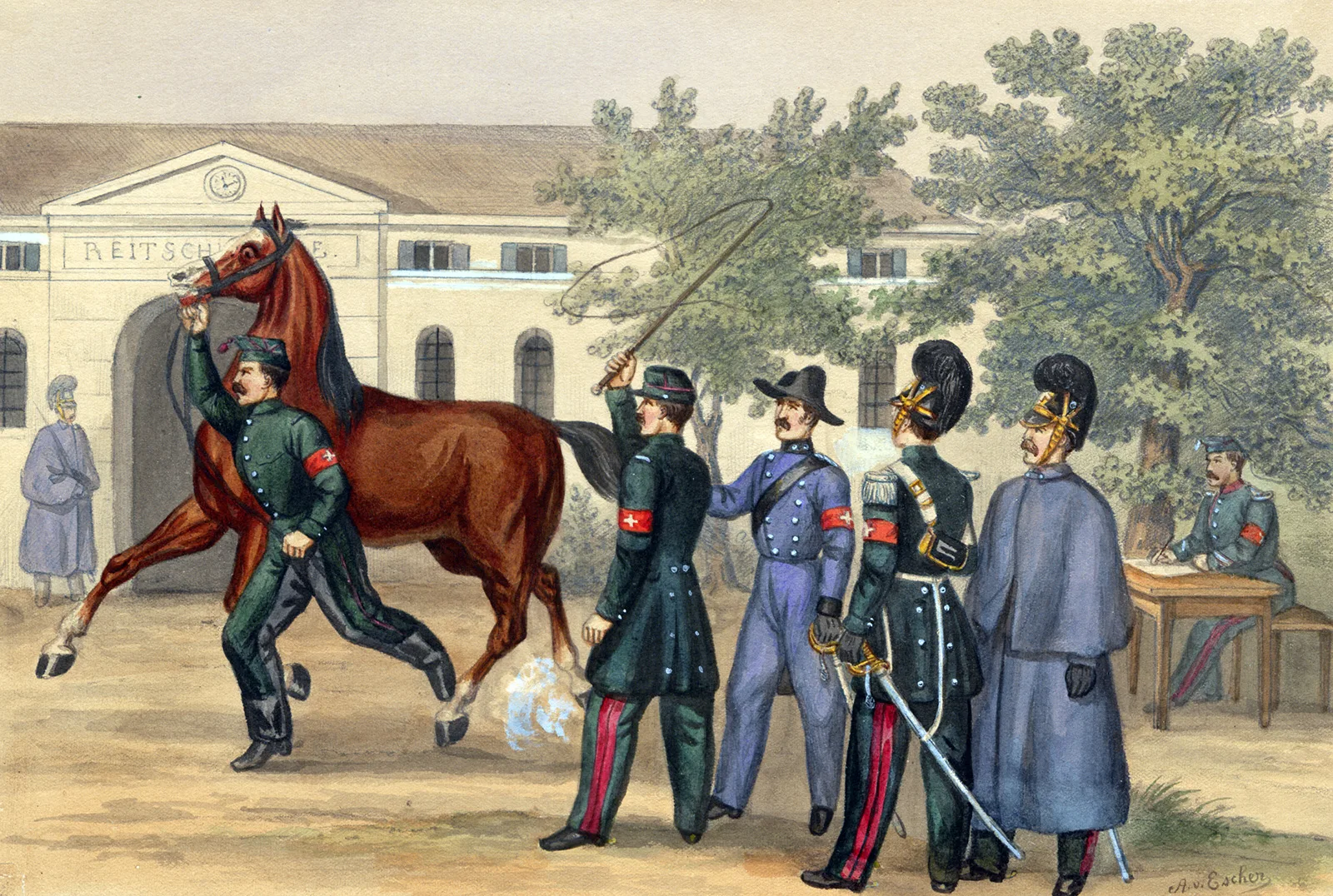
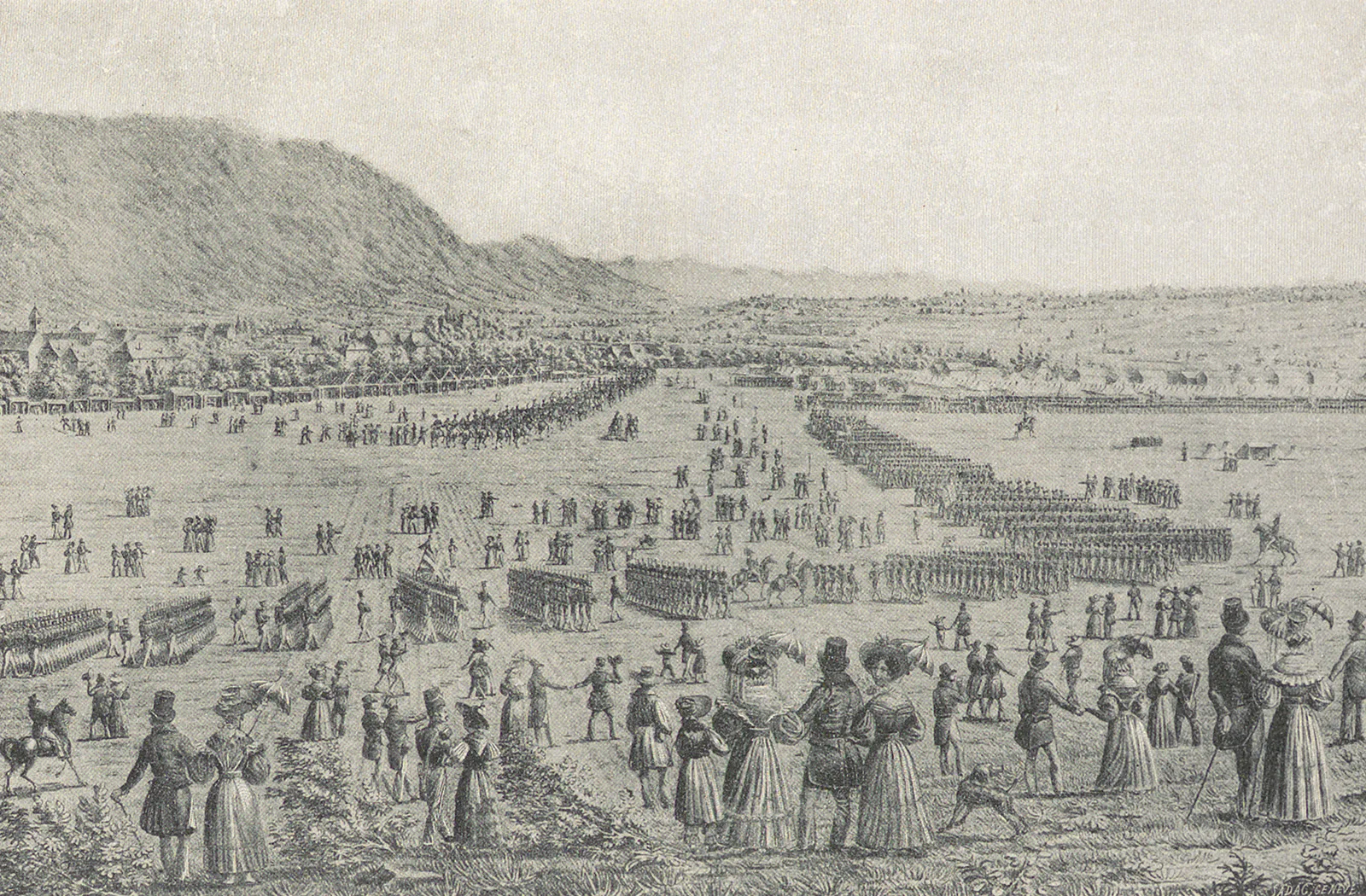
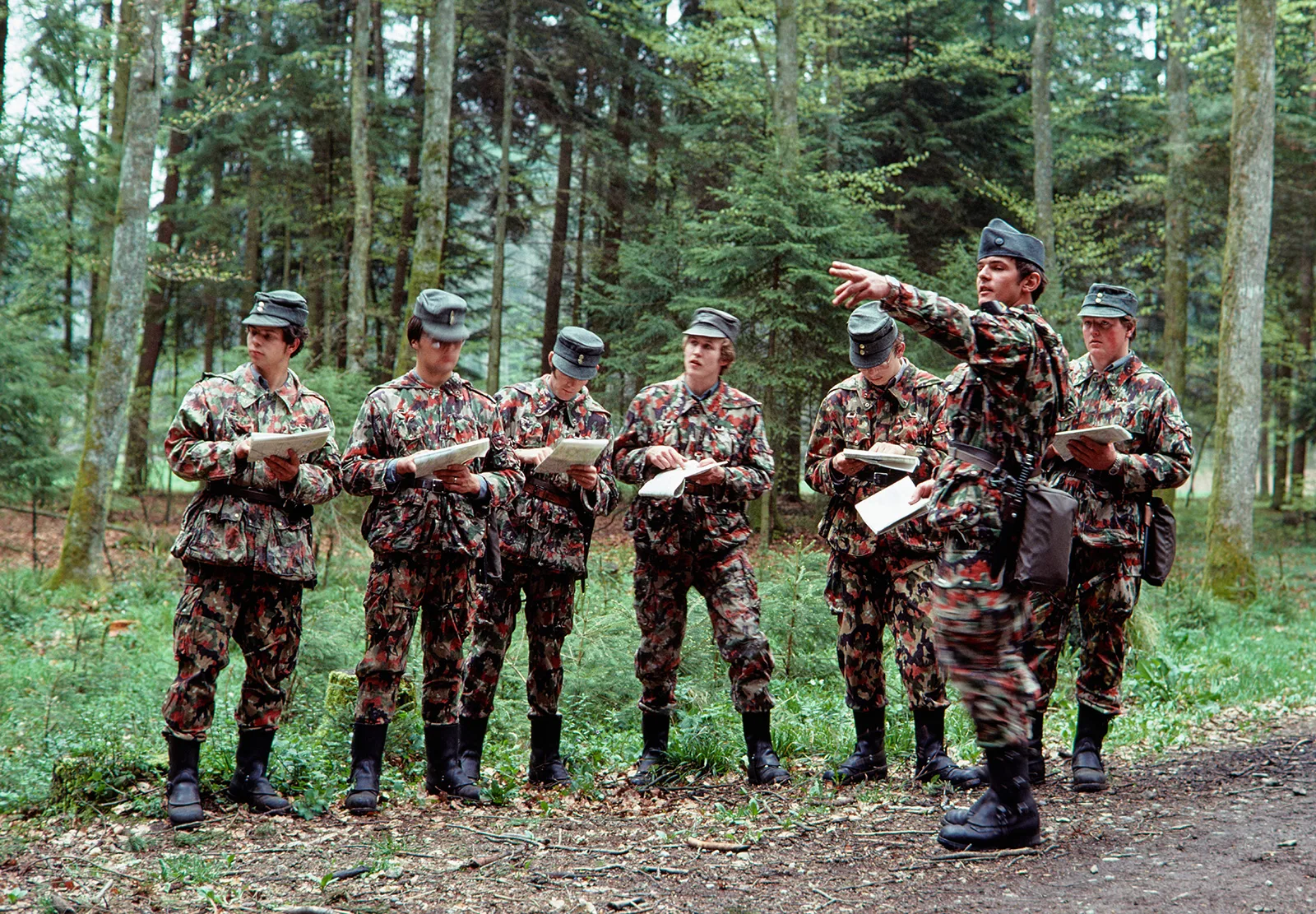
The first time…
There’s always a first time. In this series, we will be looking at historic Swiss firsts. The topics covered are very diverse: from the first zebra crossing to the first ever popular initiative. The articles have been produced in cooperation with the Schweizerisches Bundesarchiv (Swiss Federal Archives).

